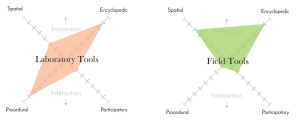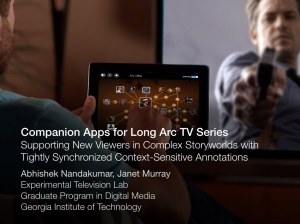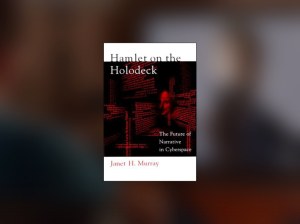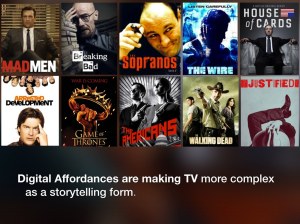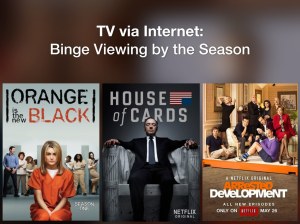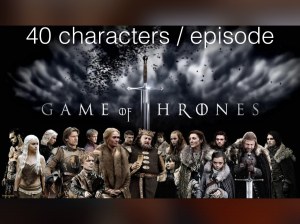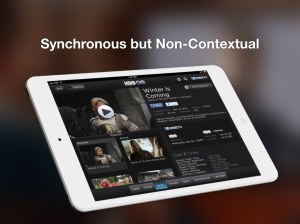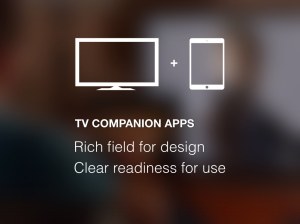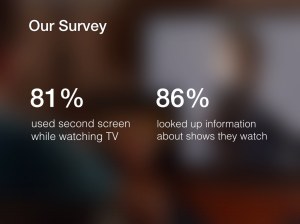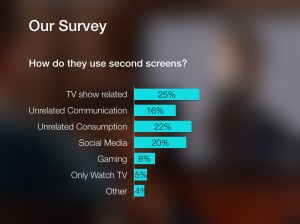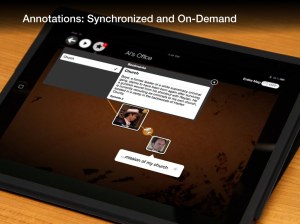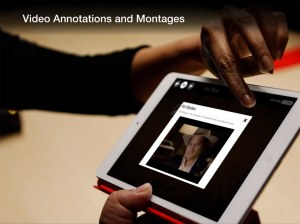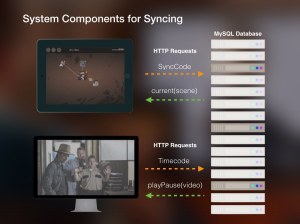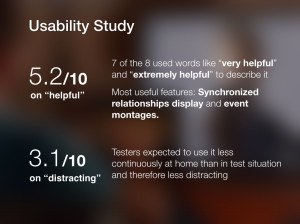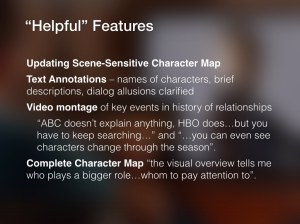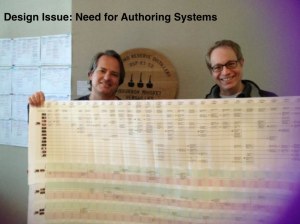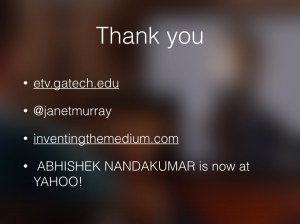In a previous post I identified some of the unsolved design issues that make VR a less than engaging storytelling platform, and questioned whether the global elite wearing headsets to look at refugees in a UN-sponsored virtual reality documentary, were experiencing an expansion of empathy, as claimed by one of the filmmakers, or simply a sense of excitement at the novelty of a new technological gadget. This interview with Gabo Arora, who c0-produced the project provides some useful context: that the VR experience was positioned as a high profile replacement for a cancelled appearance by Bono. It also offers a key detail about an important design intervention that Arora made in staging one part of the film. The glamour of VR may not last, but the design intervention — creating action that encircles the viewer — is a useful convention that is likely to become a staple of the evolving medium.
It is works better in the refugee camp (see 6:20 in), than in the Disney VR of the intro to the Lion King which disrupts the immersive effect of a meticulously choreographed, costumed, and lighted stage picture by allowing us to move around chaotically, revealing the strained and tawdry artifice behind the illusion. Perhaps this is a new convention in the making as well — unintentional here, but potentially quite powerful: to take a composed image, like the pseudo-African primitivist landscape of a Broadway musical, and expose its constructed and distorting character nature by turning into an explorable 3D space.

